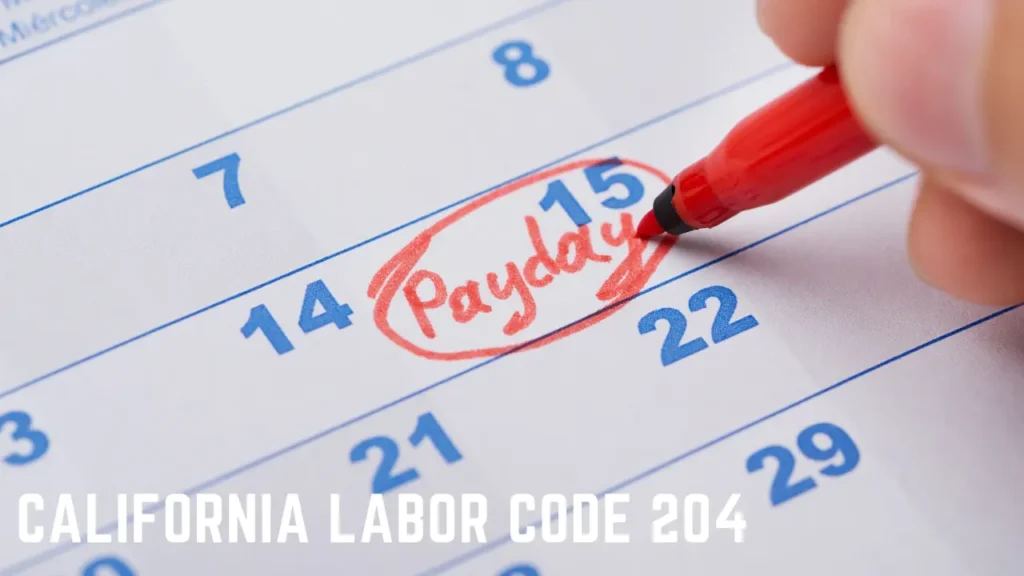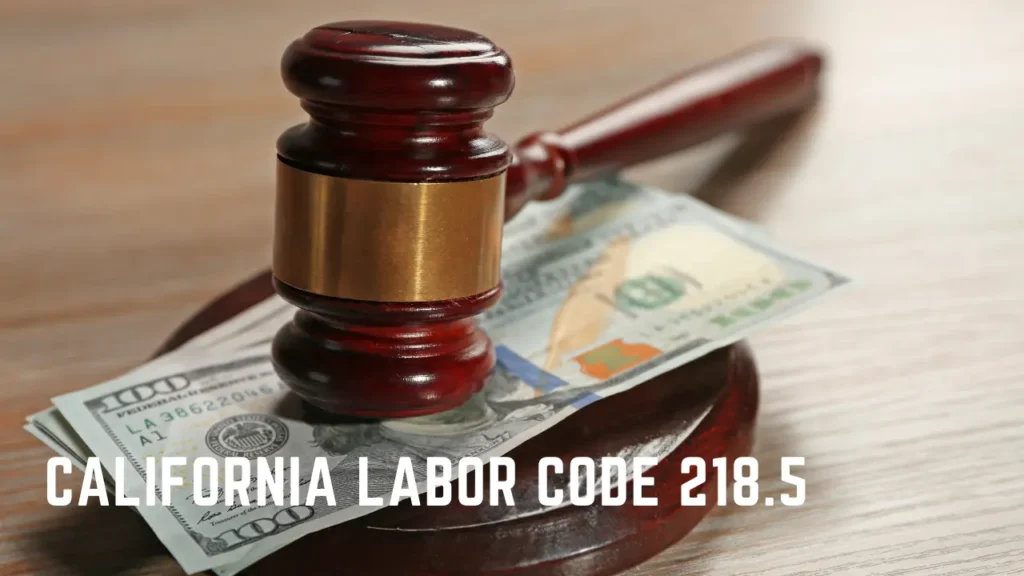Table of Contents
ToggleIntroduction to Birth Injury Cases in California
Definition and types of birth injuries
During childbirth, certain physical and neurological conditions can lead to birth injuries, causing harm to the newborn. Common birth injuries encompass cerebral palsy, brachial plexus injuries, and fractures.
Understanding the importance of proving negligence
In birth injury cases, proving negligence becomes a critical aspect in holding the responsible party accountable for their actions or inaction. This vital process enables parents to seek rightful compensation to address the physical, emotional, and financial damages caused by the birth injury.
Legal Framework: California’s Medical Malpractice Laws
Overview of medical malpractice laws in California
California has specific laws in place to address medical malpractice, including birth injury cases. These laws outline the legal requirements and procedures for pursuing a negligence claim against healthcare providers.
The statute of limitations of every birth injury case
It is essential to be aware of the statute of limitations, which sets a time limit within which a birth injury lawsuit must be filed. In California, this timeframe is generally two years from the date of discovering the injury or should have reasonably known about it.
Standard of Care and its significance in proving negligence
Proving negligence in a birth injury case relies heavily on establishing a breach in the standard of care. The standard of care refers to the level of care and skill expected from healthcare providers in similar circumstances. A failure to meet this standard may indicate negligence.
Establishing Duty of Care in Birth Injury Cases
Exploring the doctor-patient relationship
The doctor-patient relationship forms the foundation of the duty of care. When a healthcare provider agrees to treat a pregnant woman, they assume a legal duty to provide competent and diligent care throughout the pregnancy, labor, and delivery process.
The responsibilities of healthcare providers in delivering babies safely
Healthcare providers, encompassing doctors, nurses, and midwives, hold a significant responsibility to exercise reasonable care and skill while delivering babies. This duty involves closely monitoring both the mother and baby’s condition, promptly recognizing and addressing any complications that arise, and taking necessary precautions to ensure safe and successful delivery.
Parental rights and informed consent
Parents always have the right to make informed decisions about their children before any medical care. Informed consent should involve a thorough explanation of potential risks, alternatives, and expected outcomes. Failing to obtain valid informed consent may be indicative of negligence.
Key Elements to Prove Negligence in Birth Injury Cases
Substandard medical care as a primary element
To prove negligence, it is crucial to demonstrate that the healthcare provider provided substandard medical care. This can include a failure to monitor the baby’s vital signs, delayed response to fetal distress, improper use of medical equipment, or improper administration of medication.
Demonstrating a breach in the standard of care
A key element in proving negligence is establishing that the healthcare provider breached the standard of care. This requires comparing the provider’s actions to those of a reasonably competent healthcare professional in a similar situation.
Causation: Connecting the negligence to the birth injury
Proving causation involves demonstrating that the healthcare provider’s negligence directly caused or significantly contributed to the birth injury. This may require expert medical opinions and a thorough analysis of the medical records.
Physical and emotional damages resulting from negligence
In a birth injury case, documenting and proving the physical and emotional damages endured by the child and their family due to the healthcare provider’s negligence is crucial. This comprehensive evidence should encompass various factors, such as medical expenses, ongoing treatment costs, pain, suffering, and emotional distress.
Gathering Evidence: The Building Blocks of a Strong Case
Medical records and their importance
Medical records play a critical role in proving negligence in a birth injury case. They provide crucial information about the mother’s prenatal care, labor, and delivery, as well as the subsequent treatment provided to the baby. It’s essential to obtain and thoroughly review these records.
Expert witnesses: Their role and significance in proving negligence
Expert witnesses, such as medical professionals specializing in birth injuries, can provide invaluable insight and opinions regarding the standard of care and the causal link between negligence and birth injury. Their testimony can significantly strengthen the case.
Testimonies from healthcare professionals, parents, and witnesses
Sworn testimony from healthcare professionals involved in the care of the mother and child, as well as the parents themselves and any witnesses present during the birth, can provide additional evidence to support the claim of negligence.
Utilizing technology and medical imaging for evidence
Technological advancements, such as electronic fetal monitoring and medical imaging, can provide visual evidence of potential negligence. These tools can help establish crucial timelines, identify warning signs, and support the claim of substandard care.
Challenges and Defenses in Proving Negligence
Debunking common defenses used by healthcare providers
Healthcare providers may attempt to defend themselves against allegations of negligence by arguing that they provided appropriate care or that the birth injury was an unavoidable complication. It is essential to counter these defenses with compelling evidence of substandard care and demonstrate a clear causal link.
Analyzing contributory negligence and its impact on a case
In some cases, healthcare providers may argue that the parent’s actions or decisions contributed to the birth injury. California follows a comparative fault system, where the compensation may be reduced if the parents are found partially responsible. Addressing this defense requires a thorough analysis of the facts and evidence.
Uncovering issues of causation and pre-existing complications
Healthcare providers may try to attribute the birth injury to pre-existing conditions or complications unrelated to their actions. It is crucial to unravel these arguments and prove that the provider’s negligence played a significant role in causing or worsening the injury.
The role of insurance companies and their tactics
Insurance companies often represent healthcare providers and may employ various tactics to devalue or deny the claim. It is important to navigate their negotiations strategically and, if necessary, be prepared to go to trial to pursue justice.
California’s Comparative Fault System and Its Implications
Understanding the concept of comparative fault
California follows a comparative fault system, which means that compensation may be allocated based on the percentage of fault attributed to each party involved in the birth injury. If the parents are found partially at fault, their compensation may be reduced accordingly.
How it impacts the compensation awarded in birth injury cases
The comparative fault system can impact the amount of compensation awarded in a birth injury case. The court considers each party’s share of fault when determining the final compensation amount.
Determining the percentage of fault for multiple parties involved
In cases that involve multiple responsible parties, such as healthcare providers and medical institutions, a crucial step is to assess the percentage of fault attributed to each party. This assessment necessitates a thorough evaluation of the available evidence and the roles played by each party involved.
Seeking Legal Representation: Choosing the Right Attorney
The importance of hiring a specialized birth injury attorney
Birth injury cases demand the expertise of specialized attorneys who focus on medical malpractice and birth injury law. These legal professionals possess the essential knowledge and experience required to adeptly navigate the intricate intersection of legal and medical complexities involved in such cases.
Assessing the attorney’s experience, track record, and resources
When choosing a birth injury attorney, it is crucial to evaluate their experience handling similar cases, their track record in achieving favorable outcomes, and the resources they have access to, such as medical experts and trial preparation capabilities.
Considering contingency fee arrangements and initial consultations
Many birth injury attorneys work on a contingency fee basis, meaning they only collect fees if they win the case. It is important to discuss fee arrangements during the initial consultation and ensure clear communication regarding the attorney’s fees and expenses.
The Birth Injury Lawsuit Process in California
Pre-litigation negotiations and settlement considerations
Before filing a lawsuit, there may be opportunities for pre-litigation negotiations with the healthcare provider’s insurance company. Considering potential settlement offers requires careful assessment of the damages, the strength of the evidence, and the potential risks and benefits of going to trial.
Filing a lawsuit and the legal procedures involved
If pre-litigation negotiations are unsuccessful, filing a lawsuit becomes the next step. This involves preparing the necessary legal documents, serving the defendant with the lawsuit, and entering into the formal litigation process.
Discovery phase: Gathering and exchanging information
Throughout the discovery phase, both parties engage in the exchange of pertinent information and evidence. This includes requesting documents, conducting depositions, and answering written interrogatories. Discovery allows each side to assess the strength of the other’s case.
The trial process from jury selection to verdict
If the case proceeds to trial, the process involves jury selection, opening statements, presentation of evidence, witness testimonies, cross-examination, closing arguments, and the jury’s verdict. Throughout the trial, the attorney advocates for their client, presenting a compelling case to prove negligence and seek justice.
Potential Compensation for Birth Injury Cases in California
Economic damages: Medical expenses and future care costs
Birth injuries often result in significant medical expenses, including hospitalization costs, surgeries, rehabilitative therapies, and long-term care needs. Compensation for economic damages aims to cover these expenses and any future care costs.
Non-economic damages: Pain, suffering, and emotional distress
Non-economic damages play a significant role in compensating for the physical and emotional pain, suffering, and distress endured by the child and their family in birth injury cases. These damages encompass various aspects, such as the loss of enjoyment of life, emotional trauma associated with the birth injury, and the overall impact on the child’s quality of life.
Punitive damages: When are they awarded in birth injury cases?
In exceptional cases involving extreme or intentional misconduct, punitive damages may be awarded in addition to compensatory damages. Punitive damages serve as a form of punishment and deterrence, aiming to prevent similar actions by others.
Common FAQs: Addressing Concerns About Proving Negligence
What criteria must be met to file a birth injury lawsuit?
To file a birth injury lawsuit, one must establish negligence by demonstrating substandard medical care, a breach in the standard of care, a causal link between the negligence and the birth injury, and resulting damages.
The duration to resolve a birth injury case:
The duration of a birth injury case can fluctuate based on several factors, such as the complexity of the case and whether it goes to trial. Being prepared for a potentially lengthy legal process is of utmost importance.
Can someone other than the healthcare provider be held liable?
In specific instances, parties other than the healthcare provider may be deemed liable for a birth injury. This may encompass hospitals, nurses, midwives, or other healthcare professionals involved in the care of the mother and child during childbirth.
What if the birth injury occurred during a home birth?
The circumstances surrounding a birth injury during a home birth can be complex. However, healthcare providers attending home births are still held to the standard of care expected in similar situations. Proving negligence may involve evaluating the actions and decisions made during the home birth process.
Conclusion
Proving negligence in a birth injury case is a challenging task that requires a deep understanding of medical and legal complexities. If you find yourself in such a situation in California, don’t hesitate to seek legal help from a law firm like Jonny Law















